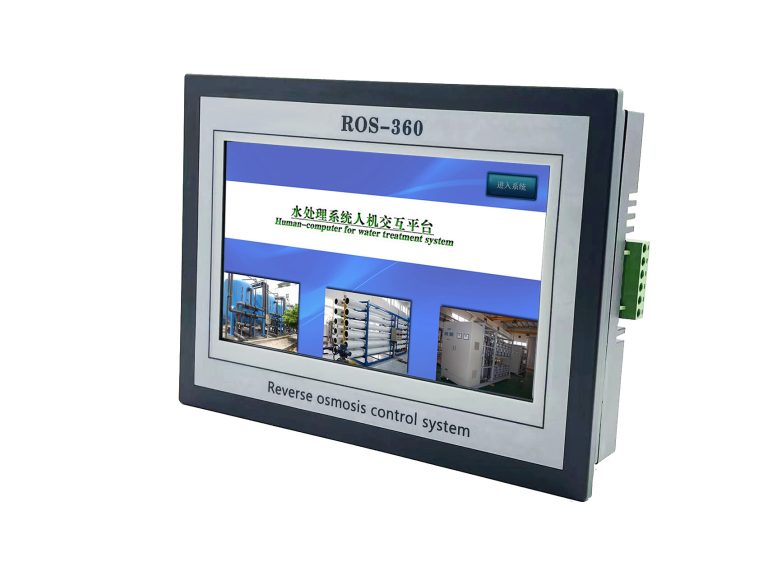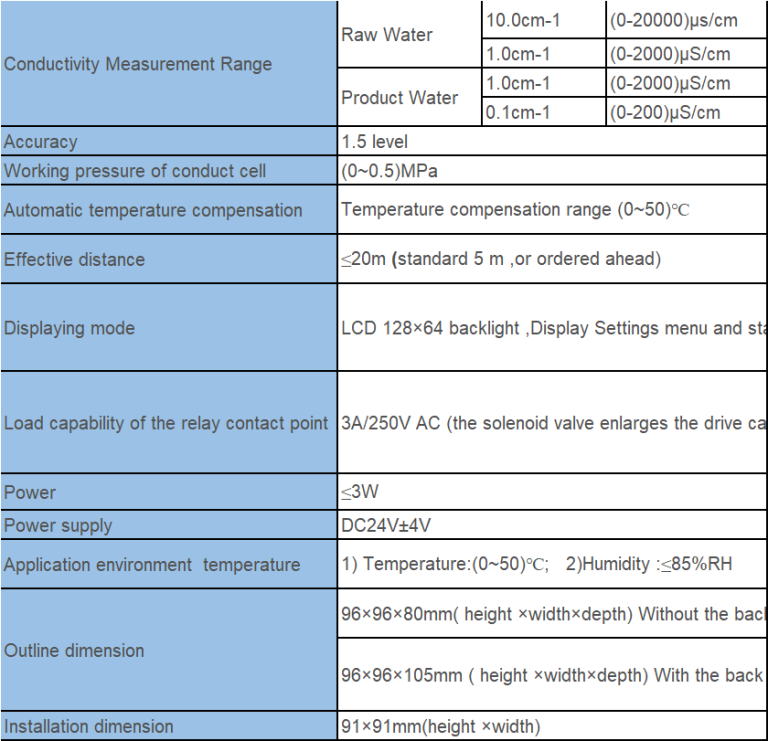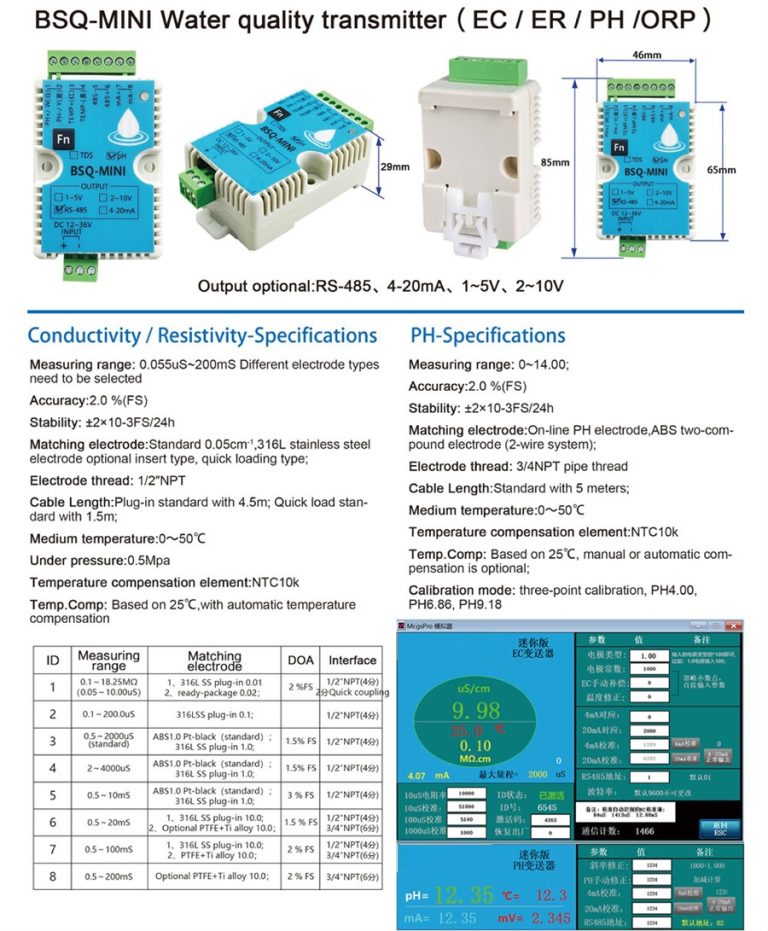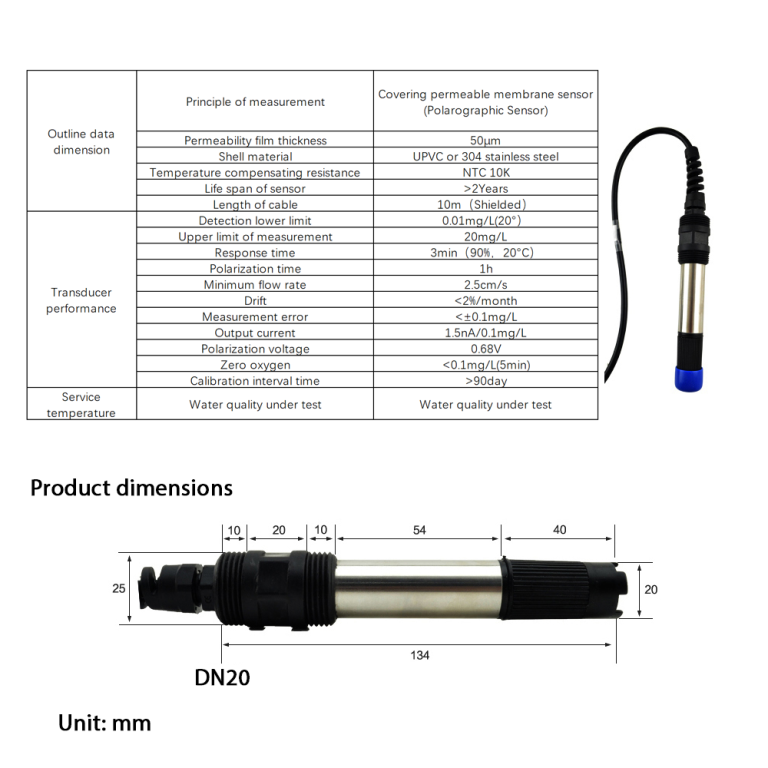“Boost your energy and performance with optimal oxygen levels.”
Reasons for Low ORP Levels in Water
Oxidation-Reduction Potential (ORP) is a measurement that indicates the ability of a substance to oxidize or reduce another substance. In the context of water quality, ORP is used to assess the cleanliness and purity of water. A low ORP level in water can indicate a variety of issues that may affect its quality and safety for consumption. Understanding the reasons for low ORP levels in water is crucial for ensuring that water is safe and healthy for use.
| Model | pH/ORP-510 pH/orp meter |
| Range | 0-14 pH; -2000 – +2000mV |
| Accuracy | ±0.1pH; ±2mV |
| Temp. Comp. | Manual/Automatic temperature compensation; No Comp. |
| Oper. Temp. | Normal 0~60℃; High temp 0~100℃ |
| Sensor | pH double/triple sensor; ORP sensor |
| Display | LCD Screen |
| Communication | 4-20mA output/RS485 |
| Output | High/Low limit dual relay control |
| Power | AC 220V±10% 50/60Hz or AC 110V±10% 50/60Hz or DC24V/0.5A |
| Working Environment | Ambient temperature:0~50℃ |
| Relative humidity≤85% | |
| Dimensions | 48×96×100mm(H×W×L) |
| Hole Size | 45×92mm(H×W) |
| Installation Mode | Embedded |
One common reason for low ORP levels in water is the presence of contaminants. Contaminants such as heavy metals, pesticides, and industrial chemicals can reduce the ORP of water by interfering with its oxidation-reduction reactions. These contaminants can be introduced into water sources through various means, including agricultural runoff, industrial discharges, and improper waste disposal. When these contaminants are present in water, they can lower its ORP and compromise its quality.
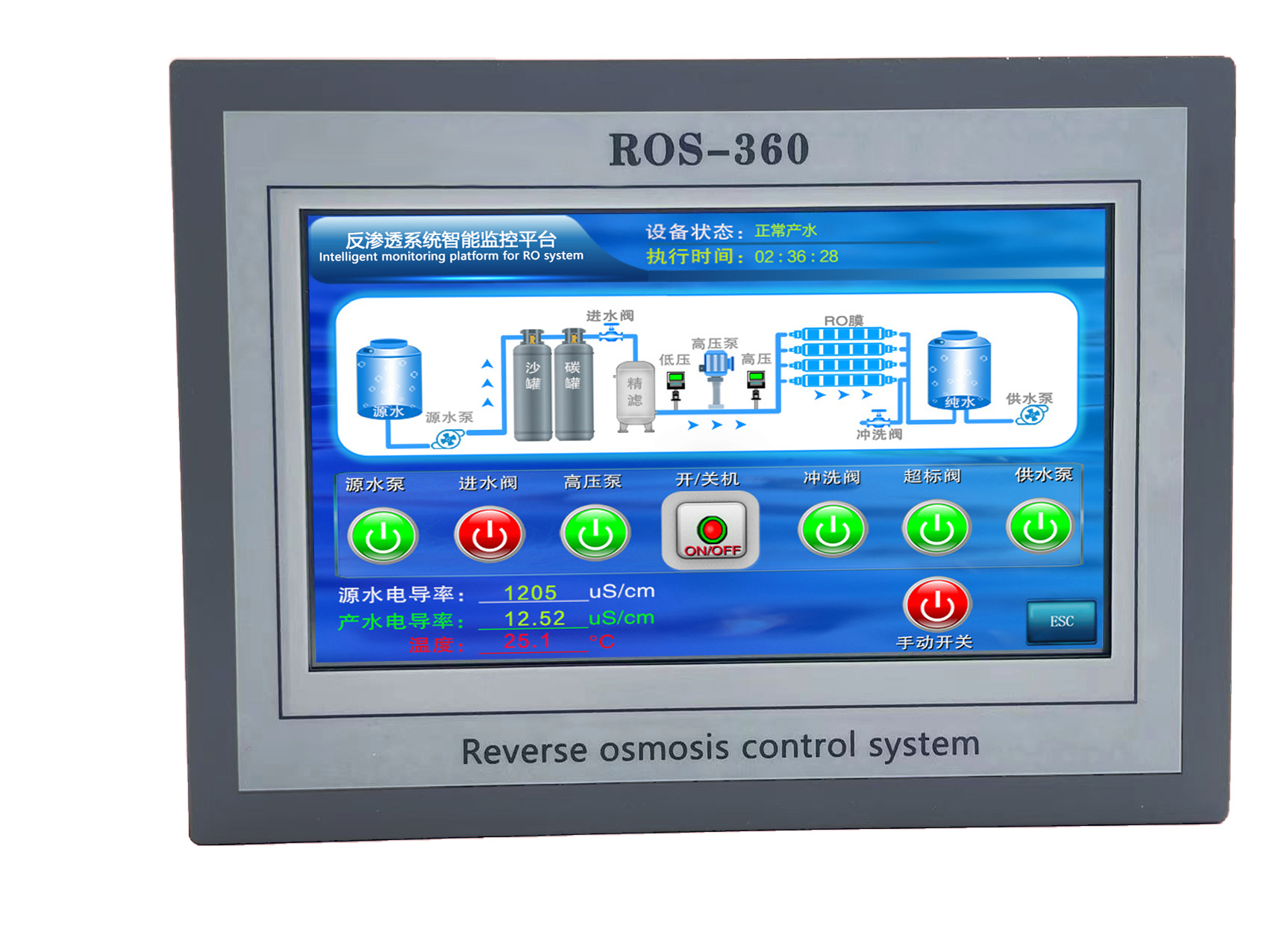
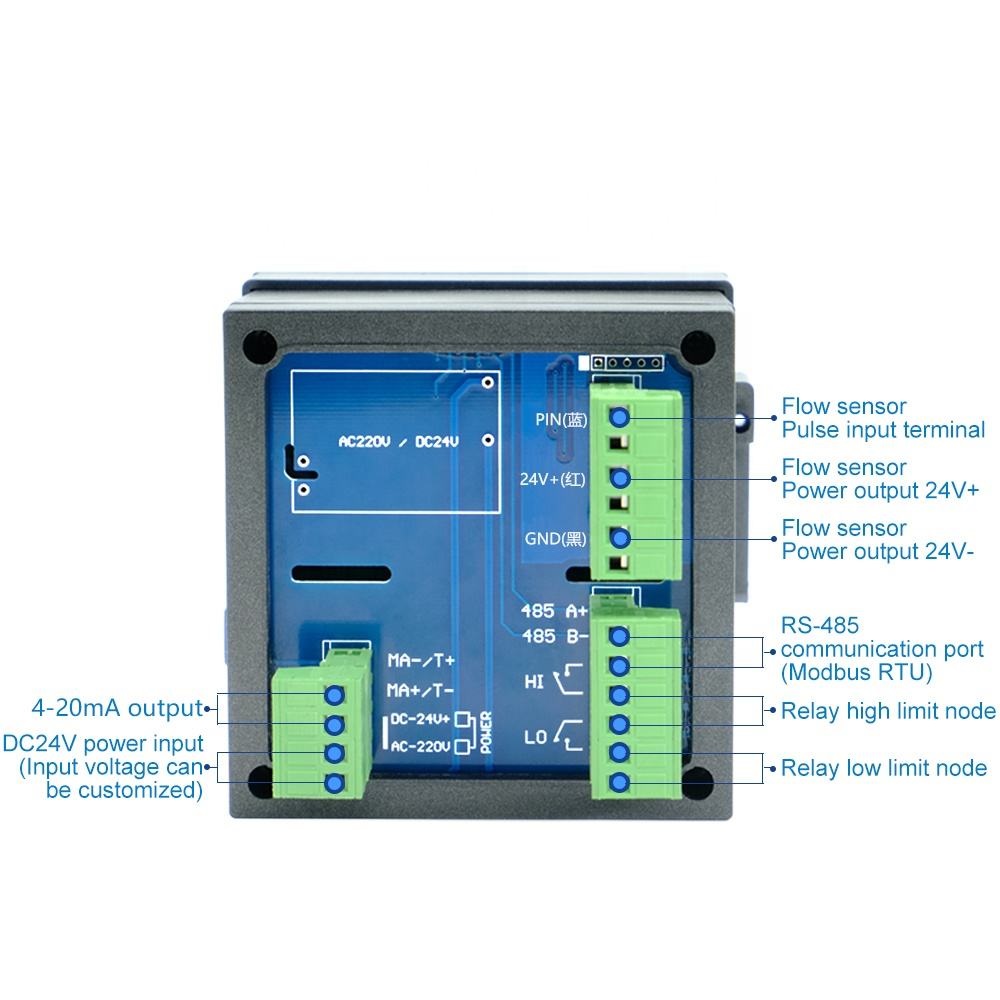
Another factor that can contribute to low ORP levels in water is the presence of organic matter. Organic matter such as decaying plant material, algae, and bacteria can consume oxygen in water, leading to a decrease in its ORP. This can occur in natural bodies of water such as lakes and rivers, as well as in man-made water systems such as reservoirs and water treatment plants. When organic matter accumulates in water, it can create an environment that is conducive to the growth of harmful bacteria and pathogens, further reducing its ORP.
| Product Model | DOF-6310 (DOF-6141) |
| Product Name | Dissolved oxygen data collection terminal |
| Measuring Method | Fluorescence Method |
| Measurement range | 0-20mg/L |
| Accuracy | ±0.3mg/L |
| Resolution | 0.01mg/L |
| Response time | 90s |
| Repeatibility | 5%RS |
| Temperature compensation | 0-60.0℃ Accuracy:±0.5℃ |
| Air pressure compensation | 300-1100hPa |
| Stand pressure | 0.3Mpa |
| Communication | RS485 MODBUS-RTU standard protocol |
| Power | DC(9-28)V |
| Power comsuption | <2W |
| Operational envrionment | Temperature:(0-50)℃ |
| Storage Environment | Temperature:(-10-60)℃; Humidity:≤95%RH(None condensation) |
| Installation | Submerged |
| Protection Level | IP68 |
| Weight | 1.5Kg(with 10m cable) |
In addition to contaminants and organic matter, low ORP levels in water can also be caused by inadequate aeration. Aeration is the process of introducing air into water to increase its oxygen content, which in turn raises its ORP. Inadequate aeration can occur in water systems that are poorly designed or maintained, leading to stagnant water with low oxygen levels. This can result in low ORP levels and poor water quality, as well as the growth of anaerobic bacteria that thrive in oxygen-deprived environments.
Furthermore, low ORP levels in water can be a sign of aging infrastructure. Water distribution systems that are old or deteriorating may develop leaks, cracks, or other issues that allow contaminants to enter the water supply. These contaminants can lower the ORP of water and compromise its safety for consumption. Aging infrastructure can also lead to inadequate water treatment, which can result in low ORP levels and poor water quality.
In conclusion, there are several reasons why ORP levels in water may be low. Contaminants, organic matter, inadequate aeration, and aging infrastructure can all contribute to low ORP levels and compromise the quality and safety of water. By understanding these factors and taking steps to address them, it is possible to improve water quality and ensure that water is safe and healthy for use. Monitoring ORP levels in water is an important part of maintaining water quality and protecting public health.
